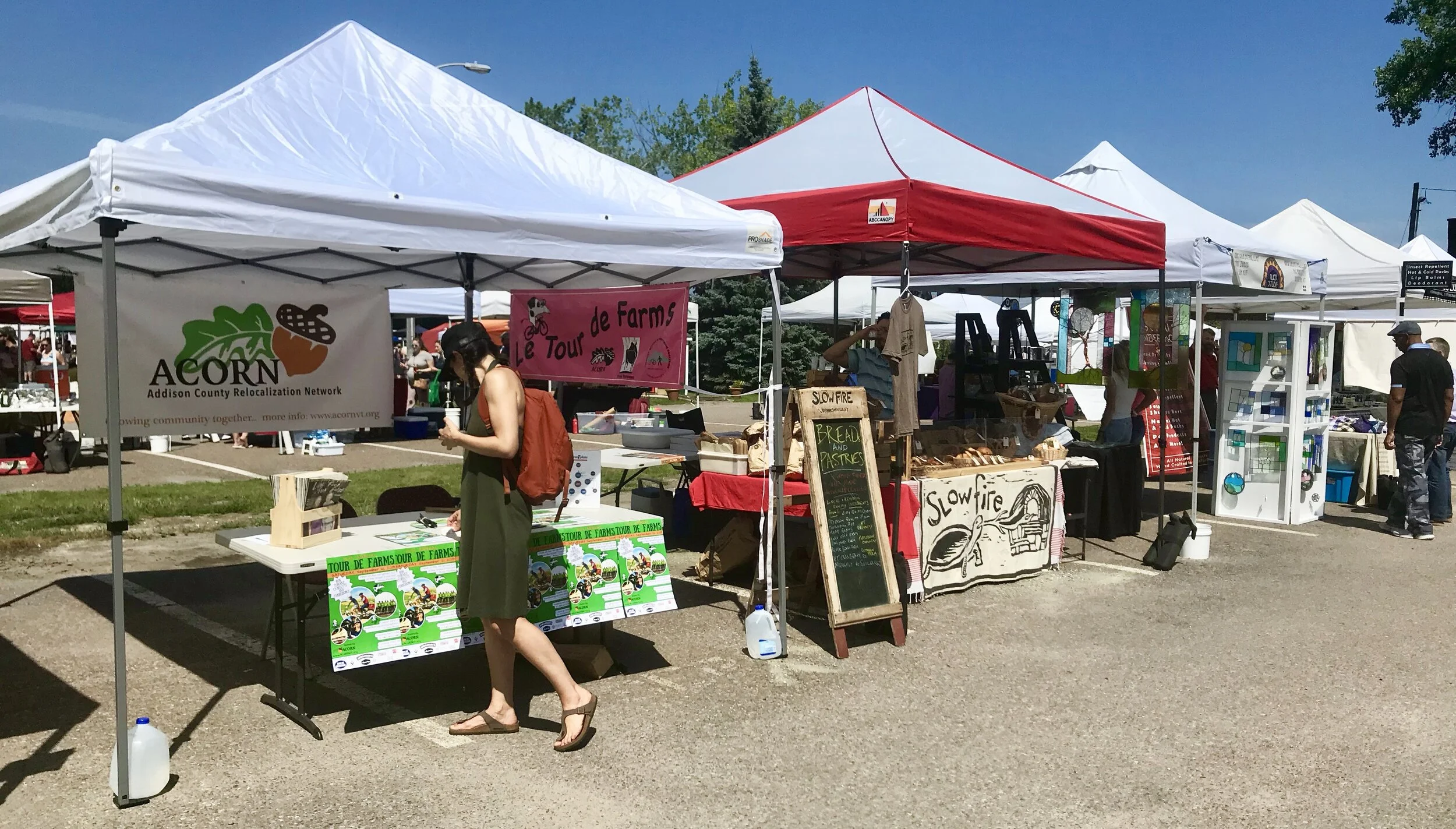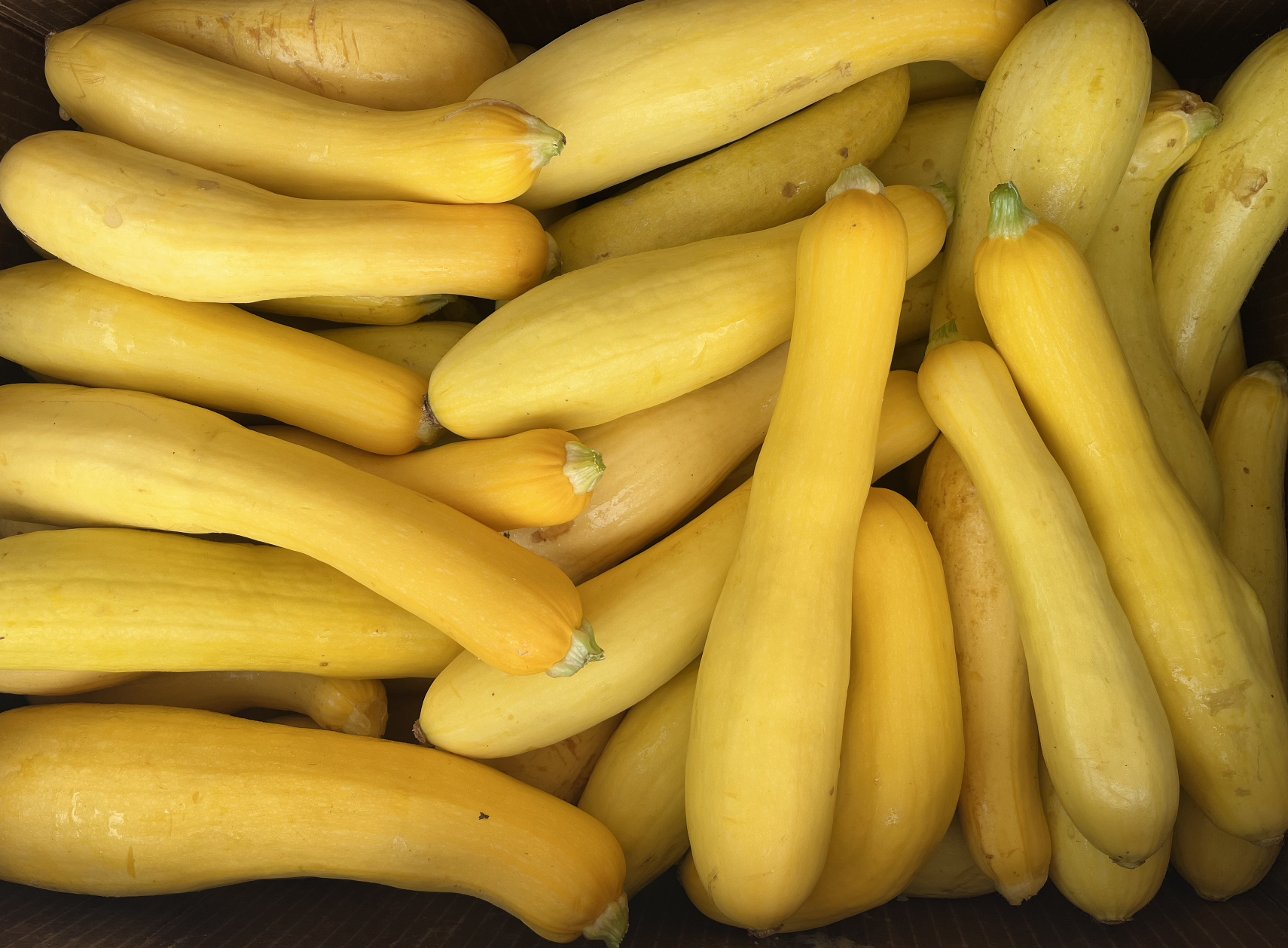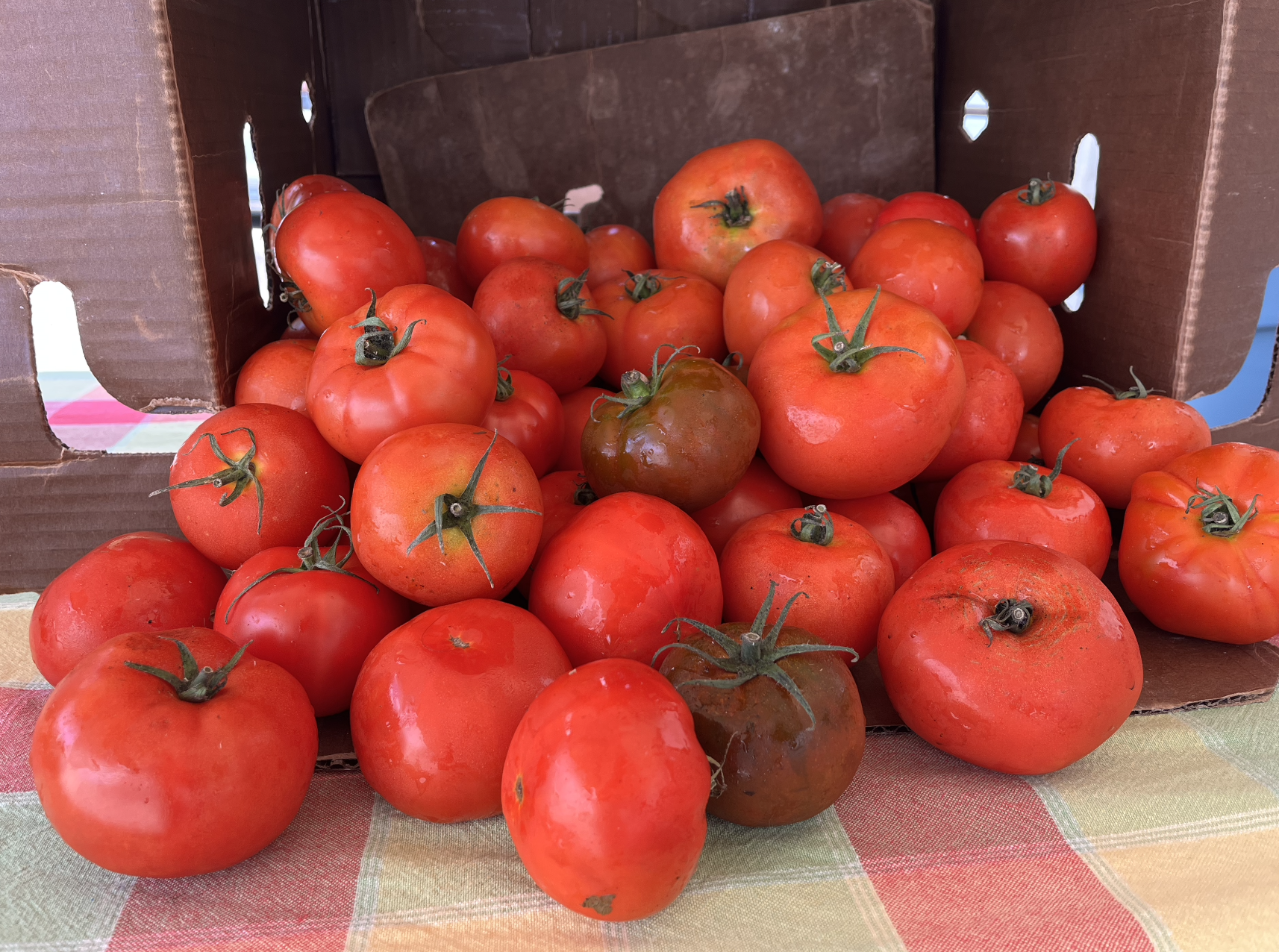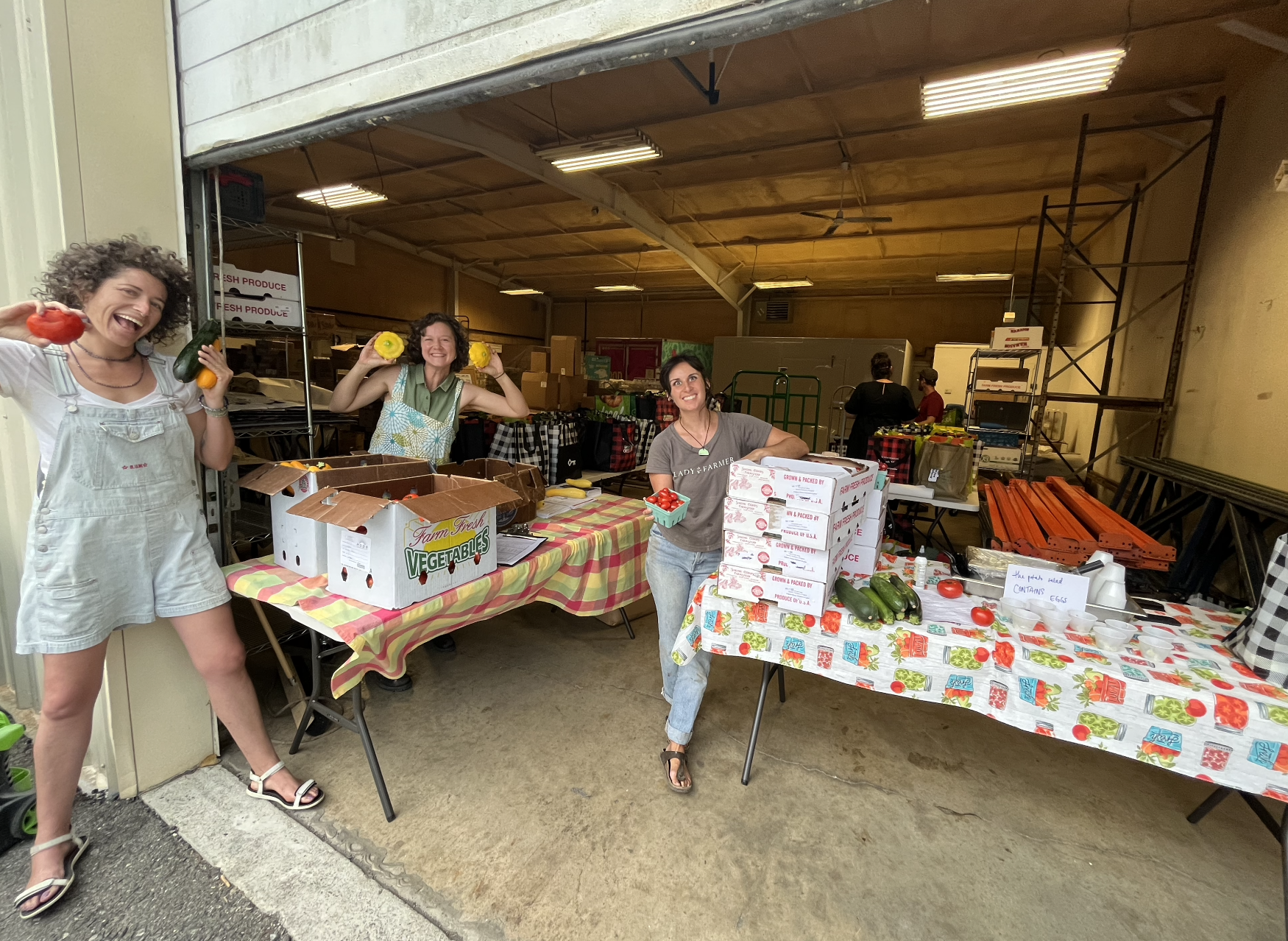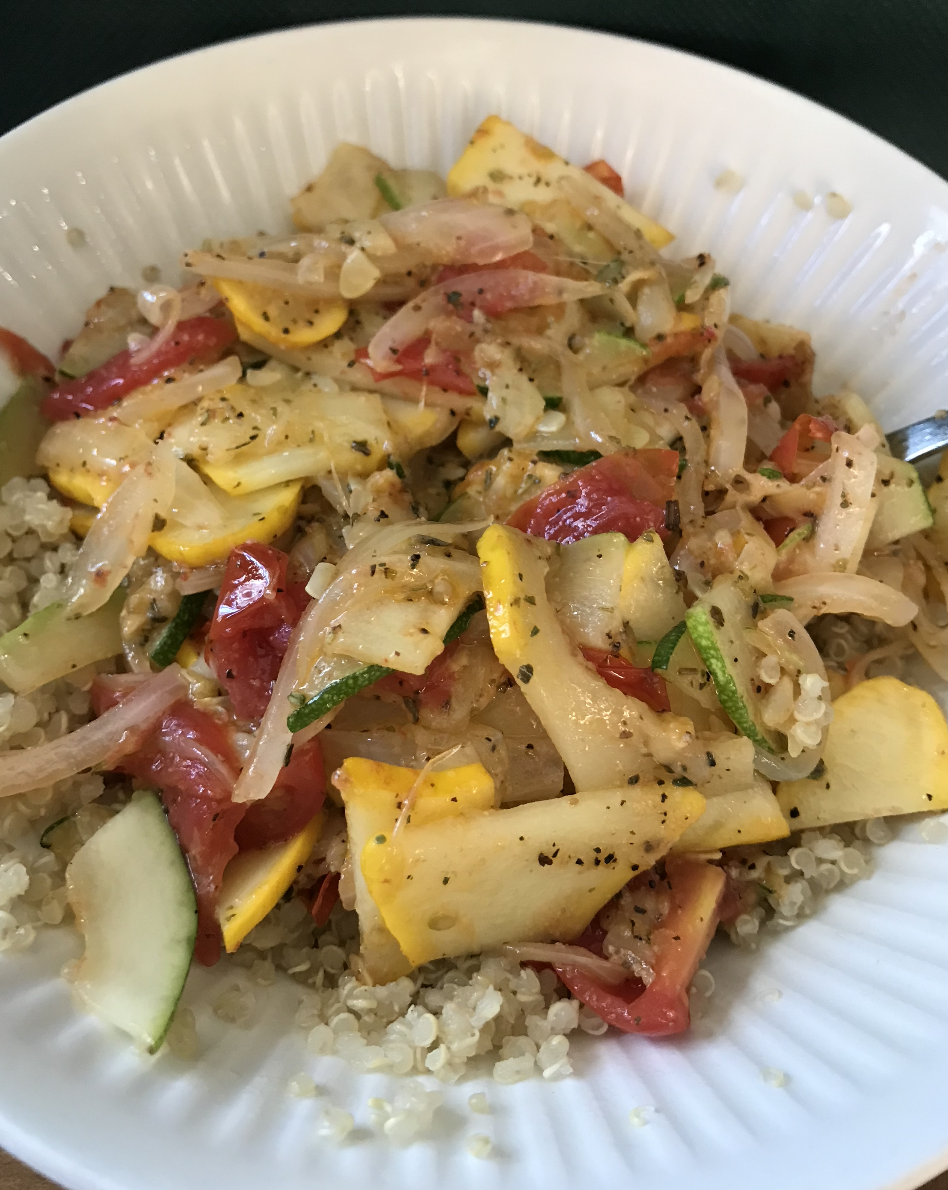Volume 3: Re-Prioritizing Local Foods
/Choosing what food to buy in the grocery store can be an arduous prospect. There are so many items competing for your attention the moment you walk through the door. Making healthy choices that fit into your food budget can be downright impossible. As a person who operates on a tight food budget, I find it extremely hard to make local foods a priority in my grocery shopping as they tend to be more expensive. Imported and processed foods are often cheaper, faster, and more convenient. It is no wonder so many of us choose the genetically-modified peach from Florida rather than a local squash or an apple from the farm around the corner when a pound of Florida peaches cost $2.99 and local squash or apples can be upwards of $5.00 per pound.
Besides being cheaper, non-local foods tend to be more convenient. The produce in chain grocery stores is mostly, if not entirely, from somewhere far away. Finding local foods in your area takes more time and commitment than simply driving to Hannaford or Shaw’s.
The onset of genetically-modified organisms (GMOs) in produce, grains and processed foods has allowed for foods to be shipped throughout the globe and still have a reasonable shelf life. The tomato on the shelf at Hannaford was most likely shipped from Florida, Arizona, California or Mexico where the majority of tomatoes are grown. These tomatoes would not be able to stay “fresh” for so long if they were not picked slightly unripe for market and treated with chemicals to give the appearance of having been freshly harvested. This allows foods not in season to become commonly available across the country allowing us to purchase anything we want in the dead of winter.
At a quick glance, choosing non-local foods appears to be the more economical choice. They are cheaper, more convenient, and are available all the months of the year. But what are the long-term impacts of buying food products from far away?
Local produce may be more expensive up front but farms’ diversified cropping and soil-building practices help mitigate the long-term impacts of climate change and deteriorating human health. Industrial-scale farms that produce most of the food in this country practice extreme forms of monoculture. Monocultural production specializes in planting a single cash crop in a large area year after year to maximize production and operating efficiencies. These operations use vast amounts of subsidized water and fossil fuels for tilling, fertilizers and pesticides.
The purpose of soil (which we now know to be able to sequester vast amounts of carbon if properly managed) in industrial hydroponic agriculture is to hold the plant up to receive liquid nutrition and protection, Decades of heavy tillage with tractors, toxic pollution and exposed cropland have degraded our soils.
In the US, nearly 175 million acres of subsidized corn and soybeans were planted in 2020 to supply the food processing industry and feedlots. This type of agricultural production accelerated erosion of topsoil, depletion of aquifers and contamination of our watersheds by water-soluble nutrients and toxic chemicals like glyphosate. Not surprisingly, the incidence of chronic diseases exploded in the early nineties. By 2005, 54% of Americans were diagnosed with one type of auto-immune disorder or another. Today, 46% of American children suffer from a chronic disease.
Medical journals in the early 2000s began reporting that every chronic disease starts with inflammation of the gut and disruption of the gut microbiome. 70% of our immune system is located on the other side of that gut lining. Around the same time, soil scientists were beginning to explore the complexity of the soil microbiome and discovering its critical role in producing the key nutrients needed to sustain human health. The good news is that agronomists and pioneering producers across the nation are beginning the shift to reducing tillage and chemical inputs, diversifying and rotating crops, and planting cover crops - all in the effort to start rebuilding soil health.
Is the price we pay for cheap industrial food what it really costs? No. To start with, Federal subsidies for the petroleum industry, for irrigated water, for different commodity crops, for loans and insurances discount operating costs to maximize production and keep food prices low, push out inefficient producers and support increased spending on consumer goods. Then there are all the externalities – real but invisible costs that are not paid at the check-out counter but that have been pushed out into the future for society to pay. These externalities include the costs of poor nutrition, out-of- control healthcare spending, climate change, economically-gutted rural communities, contamination of our soil, water and air, and the loss of biodiversity and wildlife.
The consequences of extreme monocultures can be seen throughout history. In the 1930s, horrific dust storms eroded the prairie soils of Middle America. The Irish Potato famine in the middle of the 1800s was caused by a late-blight disease that destroyed consecutive potato harvests. This disease was able to spread quickly because the Irish farmers, at the urging of their British overlords, abandoned their subsistence crops and only grew a single species of potato throughout the Island.
Small local diversified farms that use regenerative practices do not pose this risk as they cultivate many crops on small acreage. This type of agriculture is known as permaculture and is practiced by many indigenous peoples around the world. Like organic agriculture, permaculture increases soil health as the different plants exchange different nutrients with the earth in a small space. New Leaf Organics and Fire Fly Fields farms both also practice forms of oligulture. Oligulture allows crop beds to rest and regenerate after the growing season. More and more farmers are now planting cover crops to help regenerate the soil microbiome. Others allow farm animals to graze in the resting beds, allowing for the animals’ manure to revitalize the soil.
Here in Vermont crop and dairy farms are quickly joining the campaign to rebuild soils and combat climate change. With a combination of old and new regenerative practices, farms across the state are drawing down the carbon in the atmosphere and storing it in the ground, where it can provide crops with a broad spectrum of nutrients. Dairy farms, such as Blue Spruce Farm in Bridport, are taking further steps to mitigate their impact on the environment by capturing the methane from cow manure and turning it into a fuel source. These farms have committed to become carbon neutral by 2050. In fact, according to the 2017 US Census of Agriculture, between 2012 and 2017, Vermont farmers increased the acreage of no-till land by 173% and cover crops by 101% making the state a national leader in adopting soil conservation practices.
The evidence is rapidly building that locally-sourced foods are healthier than industrial hydroponic foods. Local organic farms do not use synthetic fertilizers or pesticides but rely on biodiversity and healthy soils to manage their farm ecosystems. Their food is tasty, nutrient-dense and super-fresh. Numerous studies show that the inclusion of local and whole foods in one's diet can prevent and even reverse chronic illness.
Reprioritizing locally-sourced foods grown in healthy soils is a huge step towards the path of healing our society and planet. Programs like ACORN’s Farmacy , Farm-to-School and Farm-to-Table restaurants are vital steps in re-connecting our community with local farms feeding us healthy life-giving foods. Get to know your farmers!

